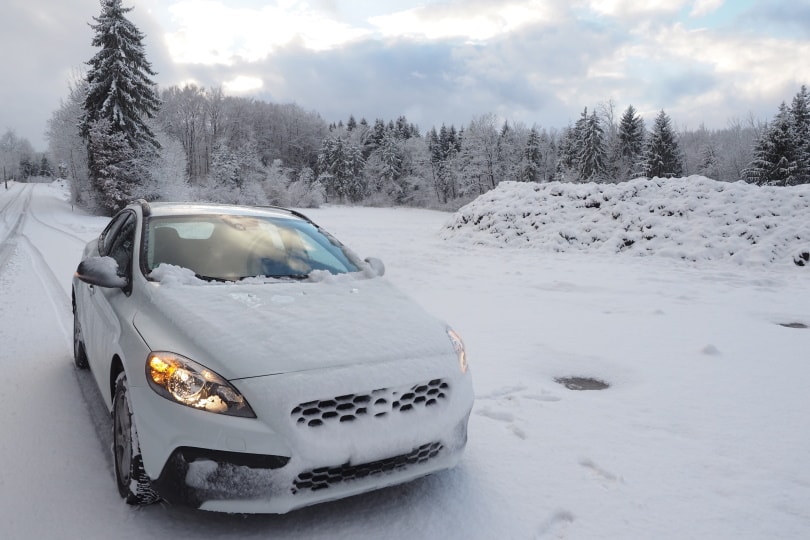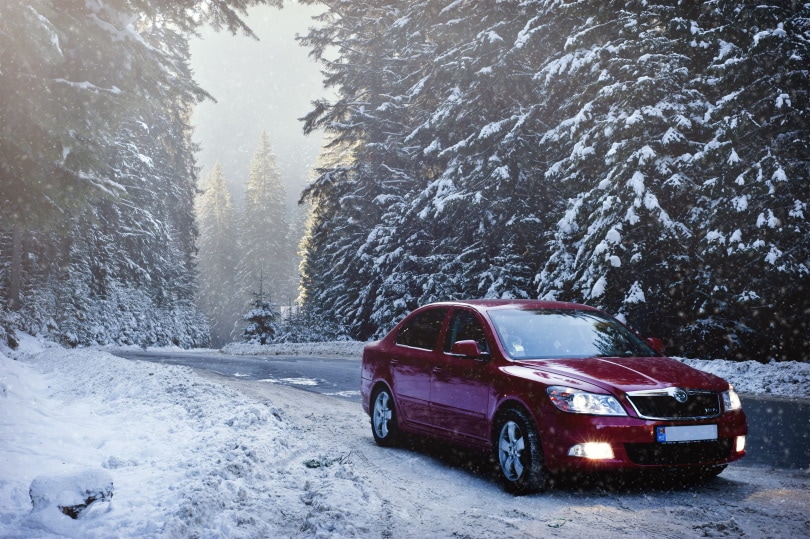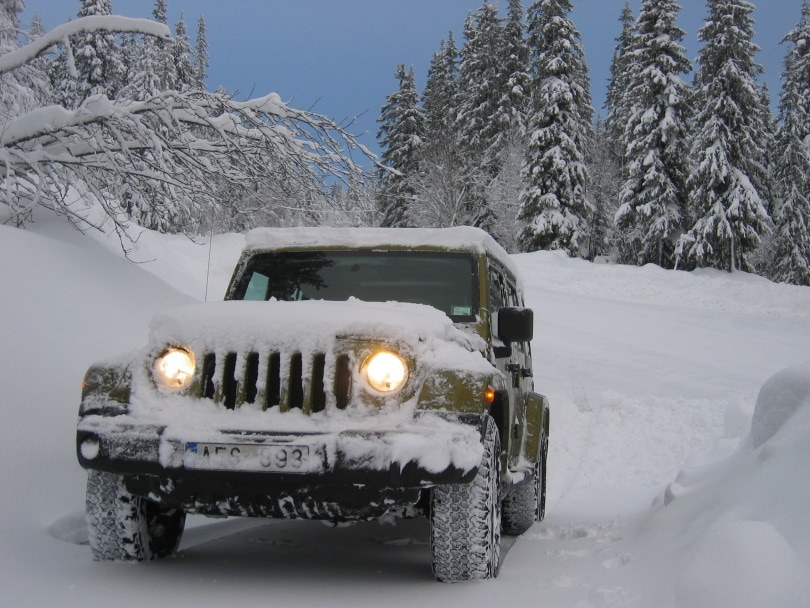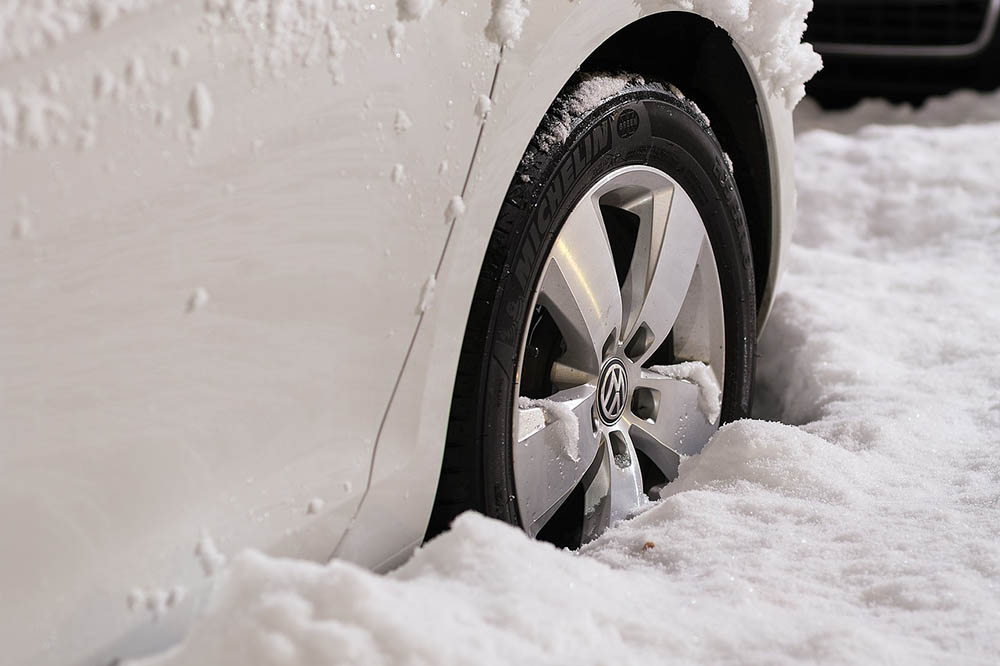Is Front-Wheel Drive Good In The Snow? Types, Reasons, & FAQ
-
Visnja Radosavljevic
- Last updated:

Driving in harsh winter conditions can be difficult and unsafe, so it’s crucial to do everything you can to increase your safety while on the road. Many people wonder if a front-wheel drive is better for snowy conditions than an all-wheel/rear-wheel/four-wheel drive, so we wanted to dive into the topic further. In general, front-wheel-drive is good in the snow, although not ideal. Four-wheel drive vehicles are far more capable.
If you’re already preparing for harsh weather and snow, check out the article below to learn if a front-wheel drive is good in the snow.

The 4 Types of Wheel Drive & Their Performance in the Snow
There are four different wheel drive types, and each has different characteristics while driving in the snow.
1. Front-Wheel Drive
When it comes to driving in snowy conditions, front-wheel drive is much more favorable than rear-wheel drive as it has more traction that helps you move through show and ice. Most of the vehicle’s weight relies on the two front wheels, which allows the car to move forward. That’s why front-wheel drive reduces the probability of slipping or gliding when taking sharp turns.
Still, as the vehicle relies on the front wheels, your steering might be harder to maneuver during slippery conditions. Overall, the front-wheel drive performs well in winter, but it’s not the best for severe snow and ice conditions.

2. Rear-Wheel Drive
Rear-wheel drive is not efficient for snow as the vehicle will likely slide and could possibly spin in snowy conditions. Due to the lack of weight over the rear tires, your vehicle won’t get enough traction needed to maintain balance on the road. Of course, it’s not impossible to drive a car in a rear-wheel-drive in snow, but it’s better to avoid that and ensure your safety on the road.
3. All-Wheel Drive
An all-wheel-drive vehicle can be beneficial during snow and slippery conditions, and it’s better than other wheel drive types. The power is evenly spread throughout all the wheels making it easier to manage through ice and snow. Still, when driving a vehicle with an all-wheel drive, you should prepare for higher maintenance costs and a poor fuel economy.
4. Four-Wheel Drive
Four-wheel drive systems are typically used in SUVs and pickup trucks, and they are effective during rides on the snow as they provide stability and precision while driving. Still, a four-wheel-drive has poor fuel economy and low traction issues. It is decent during the snow, but you should still be careful as the risks are still high when driving on icy and slippery roads.

So, Are Front-Wheel Drive Vehicles Good in the Snow?
Front-wheel drive (FWD) vehicles carry more weight on the front, which helps you to handle the car better during snow and ice. FWD performs pretty well on the snow, but it’s better for city winter driving than for driving in rural areas.
When driving on a lighter drivetrain during winter, FWD will minimize your vehicle’s weight and allow you to drive through the snow smoothly. To sum it up, FWD is a decent option when driving in the mild snow and ice.
Winter Tires
Regardless of your wheel drive type, most things come down to the tires when driving in the snow, so you should be well equipped with proper winter tires to increase your safety.
They are typically made of soft rubber, and they provide better traction when it’s cold outside. Also, winter tires have unique tread markings that grip the snow and allow you to move easier through the snow and ice. Most winter tires will have a snowflake marking on the sidewall to indicate the tire is suitable for winter conditions.


Conclusion
A front-wheel-drive will perform quite well in the snow as long as the conditions are not too harsh. If you live in an urban area, you’ll be completely fine while using an FWD in the snow, but if you’re planning on driving in areas with lots of snow fairly frequently, an all-wheel-drive might be a better, safer option.
Featured Image Credit: Piqsels
Contents
